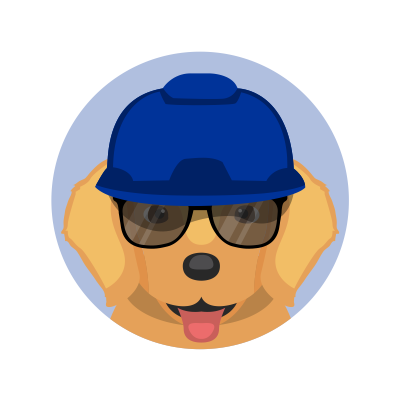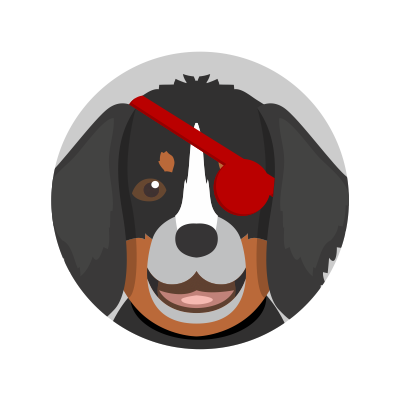
Docker Forensics
The Docker ecosystem comprises different components i.e. images, containers, networks, checkpoints, etc. All of these components can be investigated to understand the chain of events in case of an incident. The labs in this section deal with the forensics aspects of Docker components.
What will you learn?
Extracting artifacts from Docker images
Locate the backdoors in the running and stopped containers
Using checkpoints and recover the container state
References:
OSQuery and Volatility for Docker Detection and Forensics (http://www.osdfcon.org/presentations/2018/Cem-Gurkok-Docker-Detection-and-Forensics.pdf)
Docker Checkpoint (https://docs.docker.com/engine/reference/commandline/checkpoint/)
Docker Forensics Toolkit (https://centos.pkgs.org/7/forensics-x86_64/docker-forensics-toolkit-0.2.0-2.el7.x86_64.rpm.html)
Labs:
In this lab, you will learn to analyze the tar archive of Docker image and retrieve artifacts from it. A non-exhaustive list of activities to be covered includes:
Analyze the image history (instruction sequence used in Dockerfile to create it ) with container-diff
Understand the layer ordering
Extract the corresponding layer.tar archive to get the artifact
In this lab, you will learn to analyze the tar archive of Docker image and retrieve overwritten artifacts from it. A non-exhaustive list of activities to be covered includes:
Analyze the image history (instruction sequence used in Dockerfile to create it ) with container-diff
Understand the layer ordering
Extract the corresponding layer.tar archive to get the artifact
Understanding that the artifact is overwritten and looking for the original artifact
In this lab, you will learn to identify the changes made to the running container and identify the backdoor added to it. A non-exhaustive list of activities to be covered includes:
Identify the changes made to running container using docker diff
Locate important files from the modified files
Analyze the modified file to identify the backdoor
In this lab, you will learn to identify the changes made to the running container and identify the backdoor added to it. Then, to analyze the backdoor to understand its working. A non-exhaustive list of activities to be covered includes:
Identify the changes made to running container using docker diff
Locate important files from the modified files
Analyze the modified files to identify the backdoor binary
Analyze the backdoor binary using GDB to understand its working
In this lab, you will learn to restore the state of a container and analyze process memory to recover information entered by the user using a keyboard. A non-exhaustive list of activities to be covered includes:
Use saved checkpoint to restore the running container to a previous (saved) state
Dump the process memory of target process
Analyze the process memory dump to recover the information entered by the user




